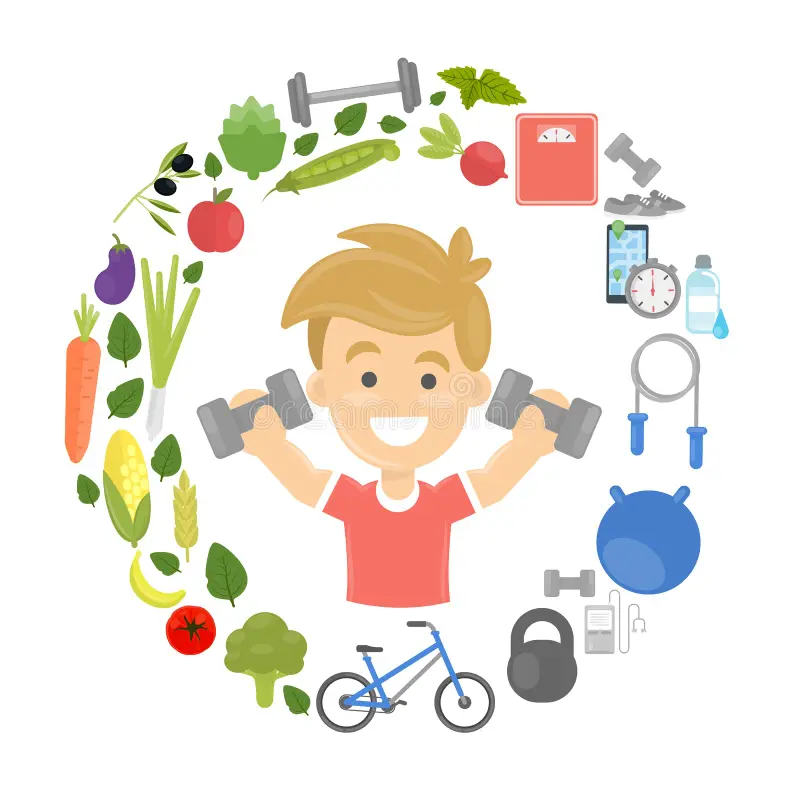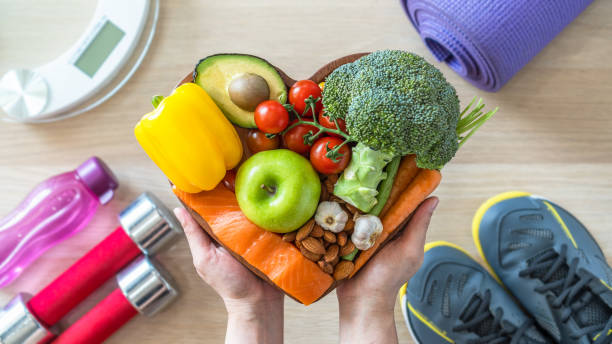Cultivating Somatic Awareness Through Mindful Movement: A Holistic Approach to Enhanced Well-being
This article explores the profound benefits of mindful movement in cultivating somatic awareness and improving overall well-being. We will define key concepts and then outline a structured approach to integrating mindful movement into daily life. Somatic awareness refers to the capacity to perceive and understand the physical sensations, postures, and movements of one's body. Mindfulness, a core component of this practice, involves present-moment awareness without judgment. The integration of these two concepts allows for a deeper connection with the body, leading to enhanced physical and mental health.
1. Establishing Intentional Movement: Before commencing any physical activity, it is crucial to establish a clear intention. This aligns the practice with personal goals, promoting focused attention and maximizing the therapeutic benefits. Goal-setting theory suggests that setting specific, measurable, achievable, relevant, and time-bound (SMART) goals significantly enhances motivation and commitment. This intentional initiation sets the stage for a more effective and purposeful practice.
2. Somatic Preparation Through Gentle Stretching: Initiating the practice with gentle stretching facilitates the release of muscular tension, preparing the body for mindful movement. This aligns with the principles of proprioceptive neuromuscular facilitation (PNF), a technique utilized in physical therapy to improve flexibility and range of motion. This stage emphasizes the importance of gradual warming-up processes.
3. Anchoring Presence Through Breath Awareness: Focusing on the breath serves as an anchor to present-moment awareness. The rhythmic nature of respiration grounds the practitioner, minimizing distractions and fostering a state of mindfulness. This technique is rooted in the practices of various contemplative traditions, highlighting the breath's crucial role in regulating the autonomic nervous system.
4. Heightened Sensory Perception: Mindful movement involves a keen awareness of all bodily sensations. Proprioception, the sense of body position and movement, is heightened, allowing for a precise understanding of muscular engagement, joint position, and tactile input. This enhanced sensory input strengthens the mind-body connection and allows for more effective self-regulation.
5. Intentional Kinematic Control: Movement should be deliberate and slow, avoiding rushed transitions. This approach cultivates precise control of movement, enhancing both kinesthetic awareness and neuromuscular coordination. This deliberate approach contrasts with habitual movement patterns, promoting conscious control and mindful execution.
6. Multi-Sensory Engagement: Expanding awareness beyond proprioception to incorporate auditory, visual, olfactory, and tactile stimuli enriches the overall experience. This multi-sensory approach strengthens the mind-body connection, improving overall body awareness and creating a deeper, more holistic experience. This integrated approach aligns with the principles of sensory integration therapy, focusing on optimal sensory processing.
7. Cultivating a Mindset of Inquiry: Approaching movement with curiosity encourages exploration and discovery. This open attitude fosters a deeper understanding of the body’s capabilities and limitations, enhancing both self-awareness and adaptability. This aligns with the concept of mindful inquiry, emphasizing a non-judgmental approach to observation.
8. Body Scanning for Tension Release: Regular body scans, systematically bringing awareness to different body parts, help to identify and release areas of tension. This technique, commonly employed in mindfulness-based stress reduction (MBSR) programs, facilitates relaxation and stress reduction through conscious attention to physical sensations.
9. Mindful Transitions: Paying attention to transitions between postures and movements maintains continuous body awareness. This helps integrate the practice into a cohesive flow, further enhancing the overall mind-body connection and minimizing any potential disruptions in the meditative state.
10. Proprioceptive Enhancement Through Balance Exercises: Incorporating balance-challenging exercises enhances proprioception and stability. These exercises stimulate the vestibular system and improve postural control, further strengthening body awareness and coordination. This approach applies principles from motor learning theory.
11. Cultivating Patience and Self-Compassion: Developing body awareness takes time and practice. Self-compassion and patience are crucial elements in sustaining the process. This recognizes the iterative nature of skill development and promotes a supportive internal dialogue.
12. Non-Judgmental Self-Acceptance: Approaching the practice without judgment allows for a more authentic exploration of the body. This acceptance cultivates self-compassion and fosters a positive relationship with one’s physical form. This reflects the principles of self-acceptance within positive psychology.
13. Seeking Professional Guidance: Seeking guidance from qualified professionals such as yoga instructors or somatic movement therapists can provide structure and support. This aligns with the principles of evidence-based practice, ensuring the practitioner receives optimal instruction and guidance.
14. Integrating Mindful Movement into Daily Life: Extending mindful movement beyond dedicated sessions enhances body awareness in everyday activities. This holistic approach integrates mindful movement into the fabric of daily life, maximizing its benefits and improving overall well-being. This approach fosters mindful living and aligns with principles of habit formation.
15. Metacognitive Reflection and Adjustment: Regular self-reflection enables the practitioner to track progress and make adjustments to their practice. This iterative approach involves regular evaluation and refinement of the practice, ensuring continued growth and development.
Conclusions and Recommendations
Mindful movement offers a powerful pathway to enhanced somatic awareness and overall well-being. By integrating principles of mindfulness, somatic experiencing, and motor learning, individuals can cultivate a deeper connection with their bodies. The structured approach outlined above provides a framework for developing a consistent and effective practice. Further research should explore the long-term effects of mindful movement on various aspects of health, including stress reduction, pain management, and improved cognitive function. The integration of technology, such as wearable sensors monitoring physiological responses during mindful movement, could offer valuable insights into the mechanisms underlying its benefits. This enhanced understanding can lead to more targeted and personalized interventions, ultimately improving the effectiveness and accessibility of this practice.
Reader Pool: How might the integration of mindful movement practices into existing therapeutic modalities, such as physical therapy or psychotherapy, enhance the efficacy of treatment and improve patient outcomes?





No comments yet. Be the first to share your thoughts!